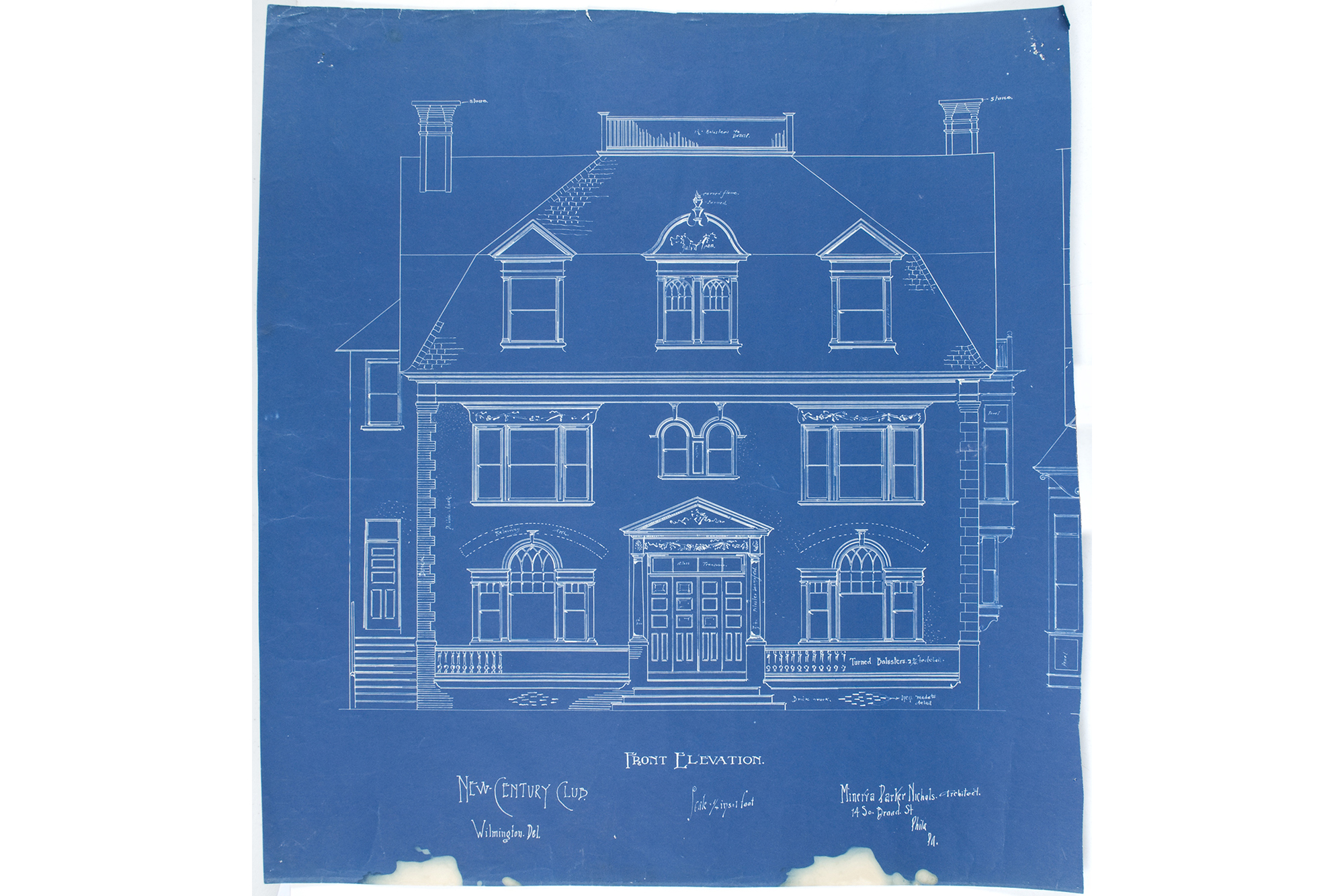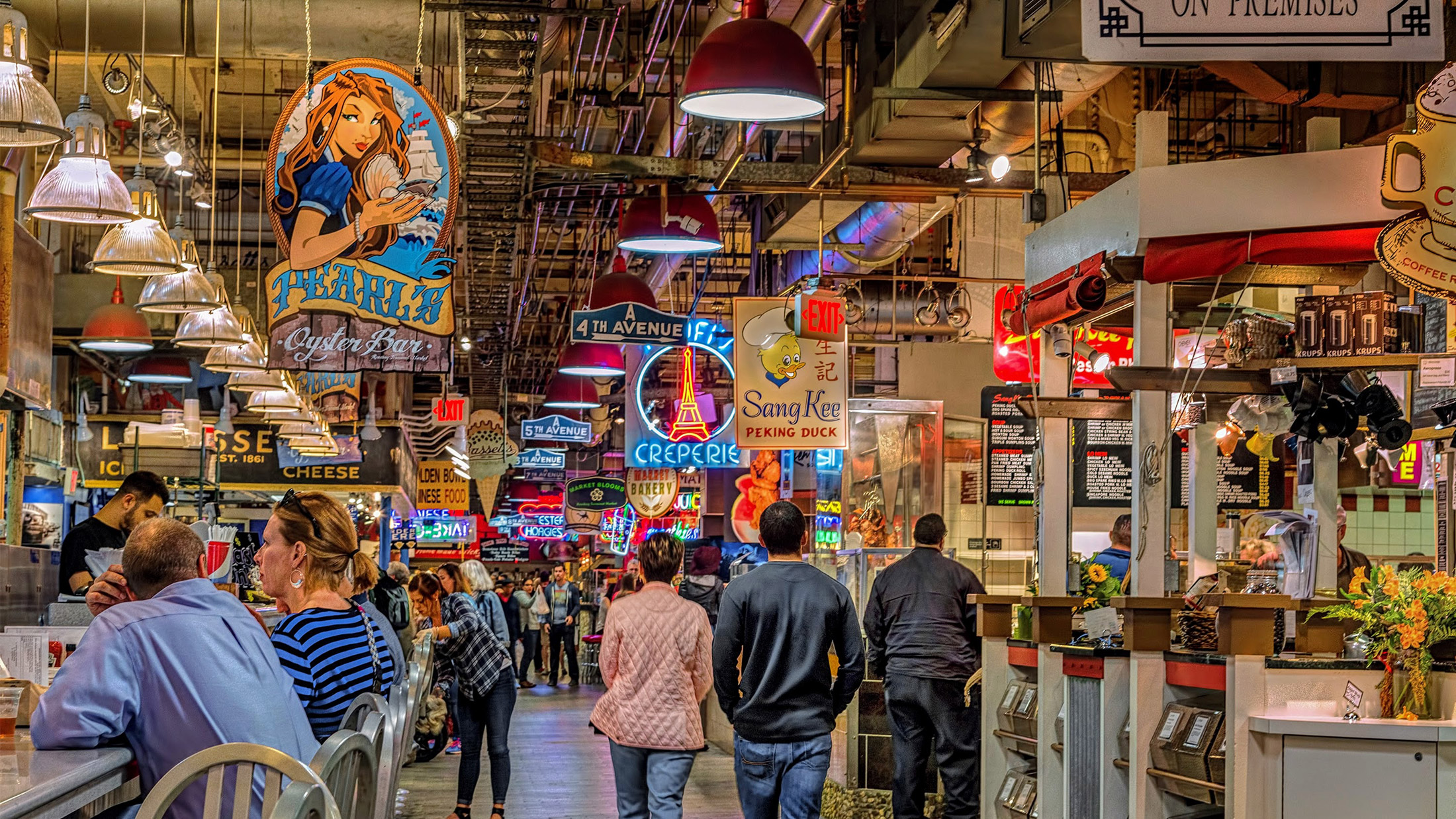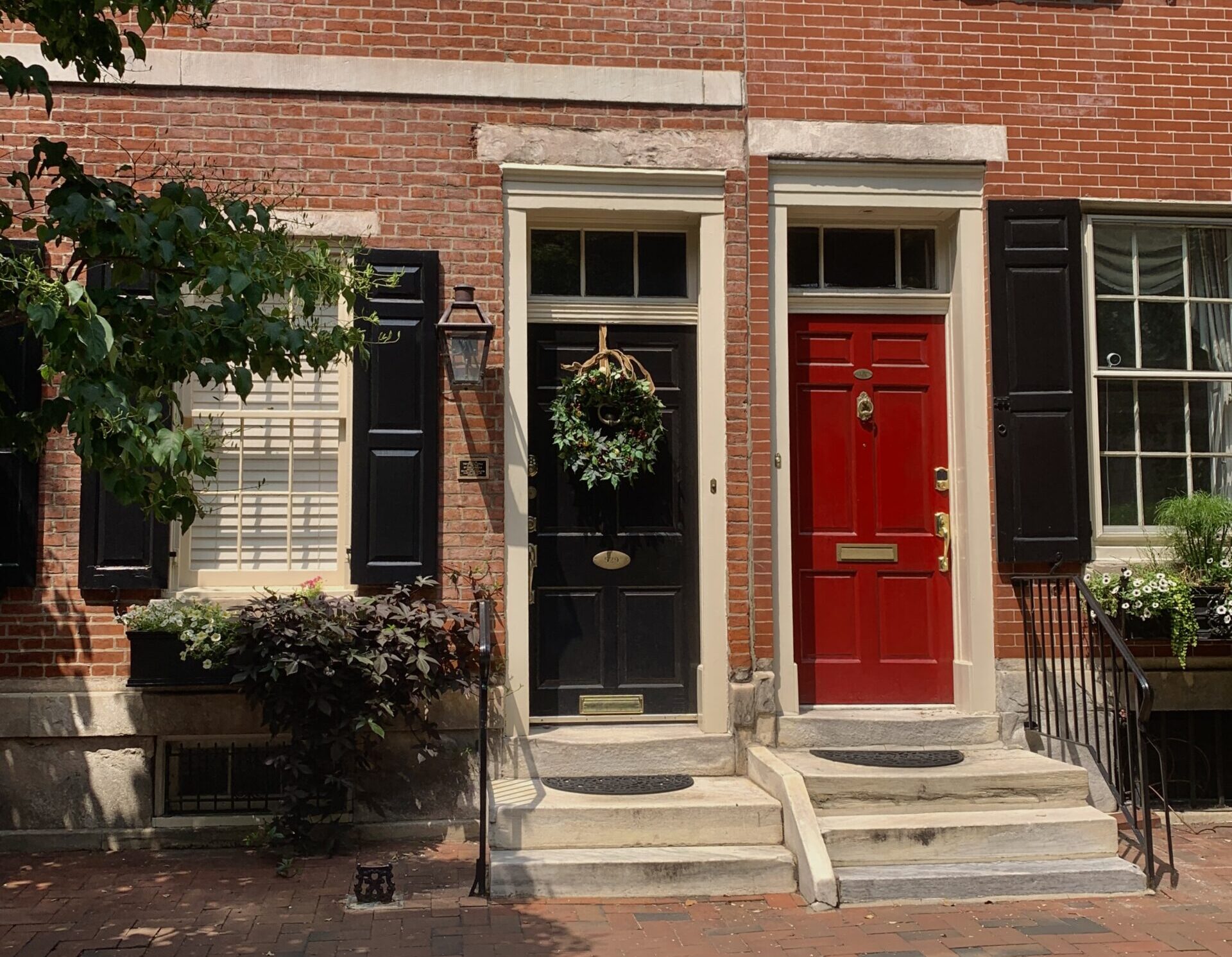philadelphia history
Neighborhood Histories: Old City
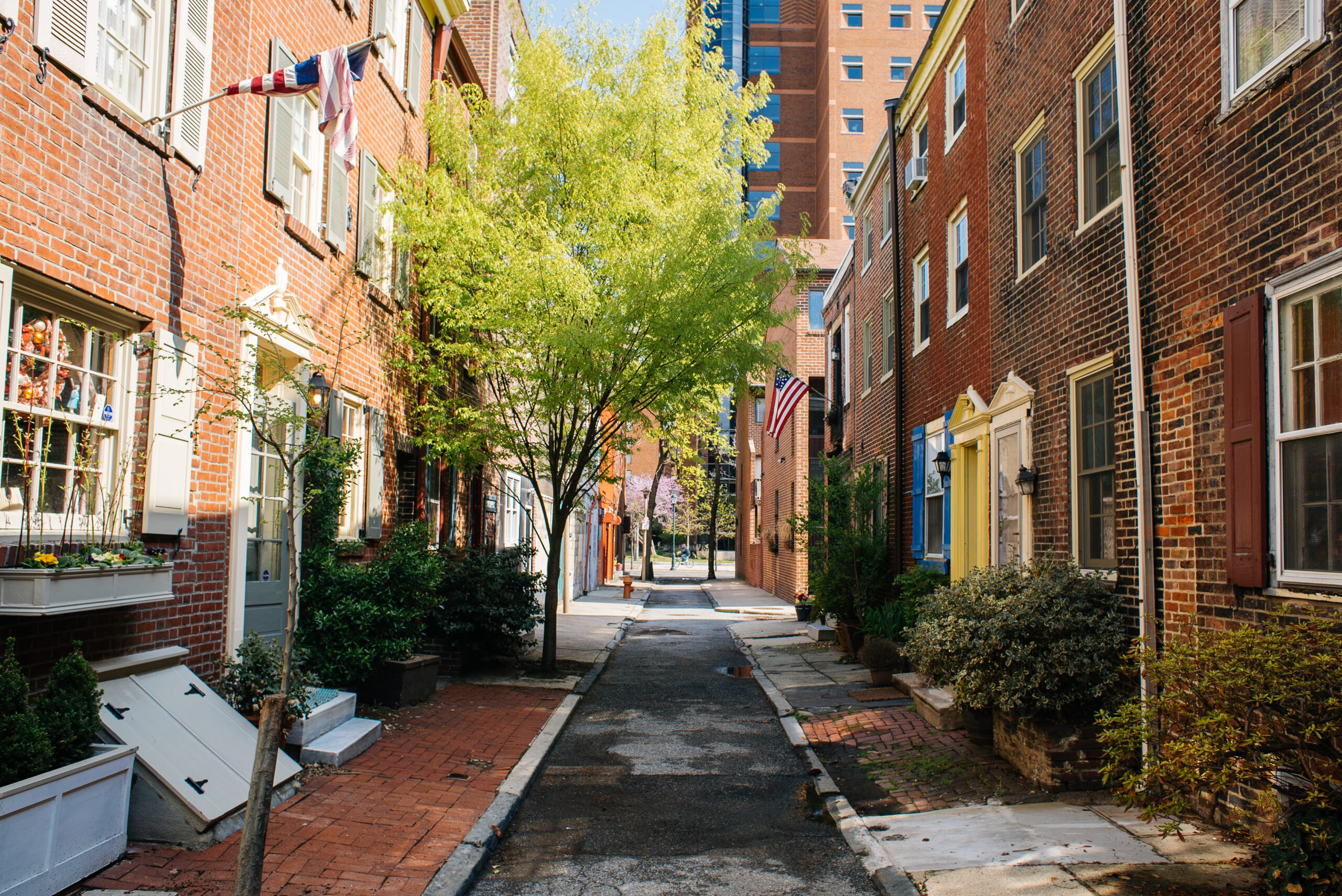
Old City in Philadelphia is a colonial-era section of the city synonymous with the Liberty Bell, museums, art galleries, loft condos, eateries, and bars but that wasn’t always the neighborhood’s image. The area between Walnut and Vine Street, from 7th St to the Delaware River has had multiple identities so we decided to go back in time and show you how it changed over the centuries.
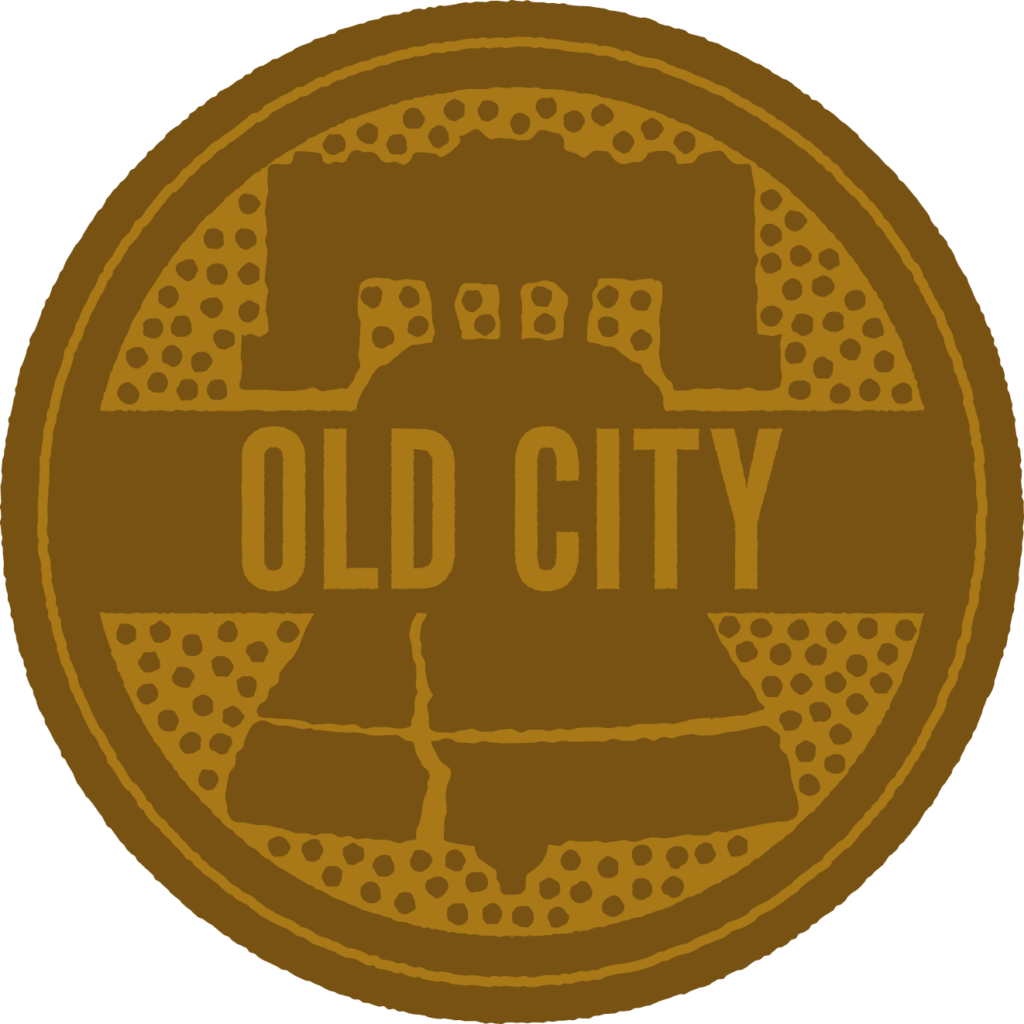
Colonial Roots
Old City was one of Philadelphia’s first settlements, going back to 1685. This is where the city morphed from a colonial outpost to the first capital of the United States. Ben Franklin lived at 316 Market Street, now a post office and museum. George Washington resided at 5th and Market which is now designated by an open-air structure known as the President’s House.
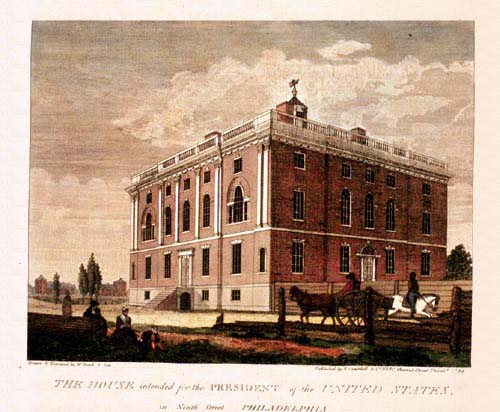
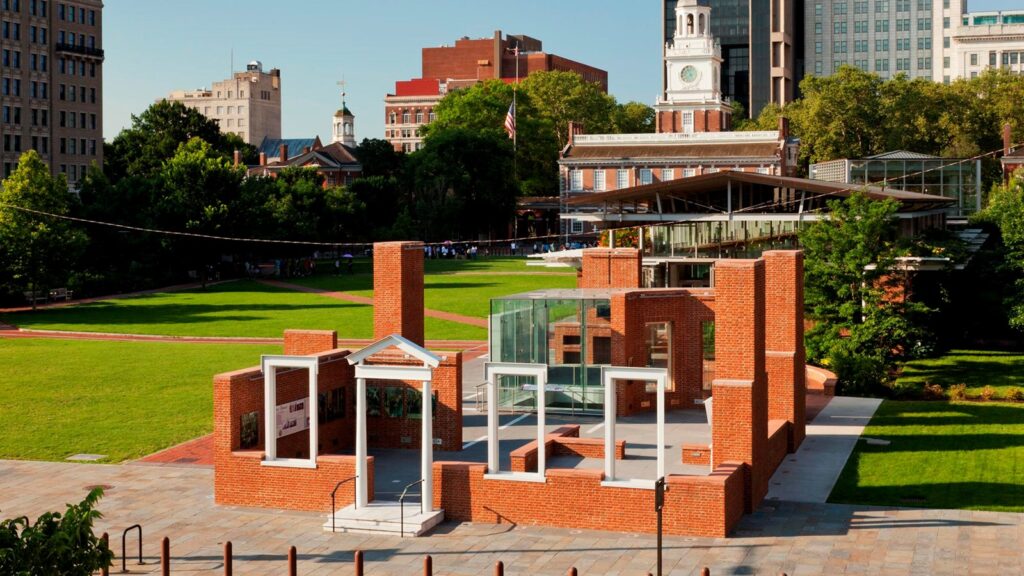
This is where the Founding Fathers declared independence from King George and gathered to write our Constitution and Bill of Rights at Congress Hall, while over at 239 Arch St, Betsy Ross stitched the first American flag. It was also the port of entry for trade and the epicenter of the shipping and building industry. While more affluent residents lived in townhouses on Market and Chestnut Street, tradesmen lived in small, brick row houses, closer to the waterfront. An example is Elfreth’s Alley, the oldest street in Philadelphia, now a popular tourist attraction.
Old City also contains Philadelphia’s most historic houses of worship. Starting with Christ Church,1695; Arch Street Meeting,1727; Congregation Mikveh Israel,1740; Old St. George Church 1767; and St. Augustine’s Church, 1796.
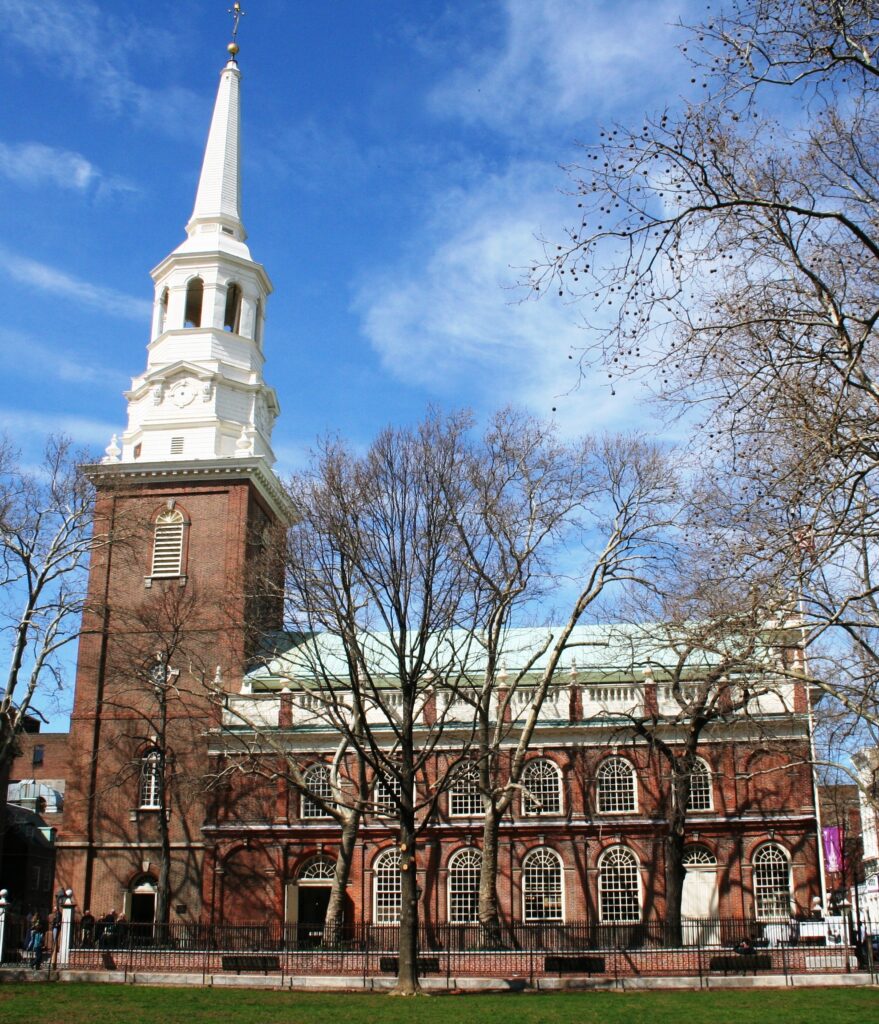
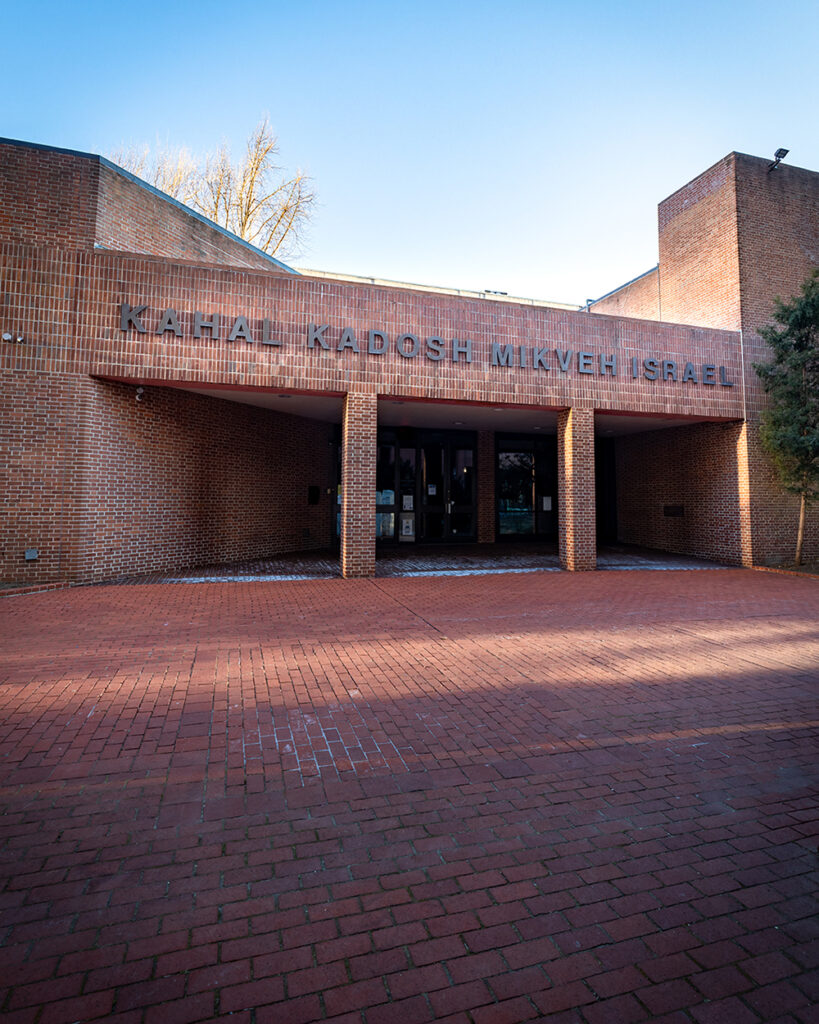
Industrial Revolution
Starting in the mid-18th century, the area between Market and Vine Street became filled with factories, warehouses, and the small businesses serving them. In the 19th century when merchant kings opened department stores on Market Street, Old City was filled with immigrant sweatshops, wholesale fabric shops, and everything needed to support the manufacture of clothing and furniture.
20th Century
By the 1960s, the construction of I-95 cut off Old City from the waterfront and trade started to dwindle. Clothing manufacturing moved to non-union locations in the South and to Asia. 800 warehouses were vacant. Believe it or not, in 1970, Old City’s residential population was under 100. The revival started in the 1980s and 90’s when abandoned factories were converted into loft apartments and the empty storefronts became art galleries.
The opening of the Landmark Ritz 3 (now the Ritz 5) movie theater at 2nd and Walnut in 1976, energized the neighborhood. In 1994, the Arden Theater at 40 North 2nd St. gave Old City cultural clout, drawing patrons from every part of the City and suburbs.
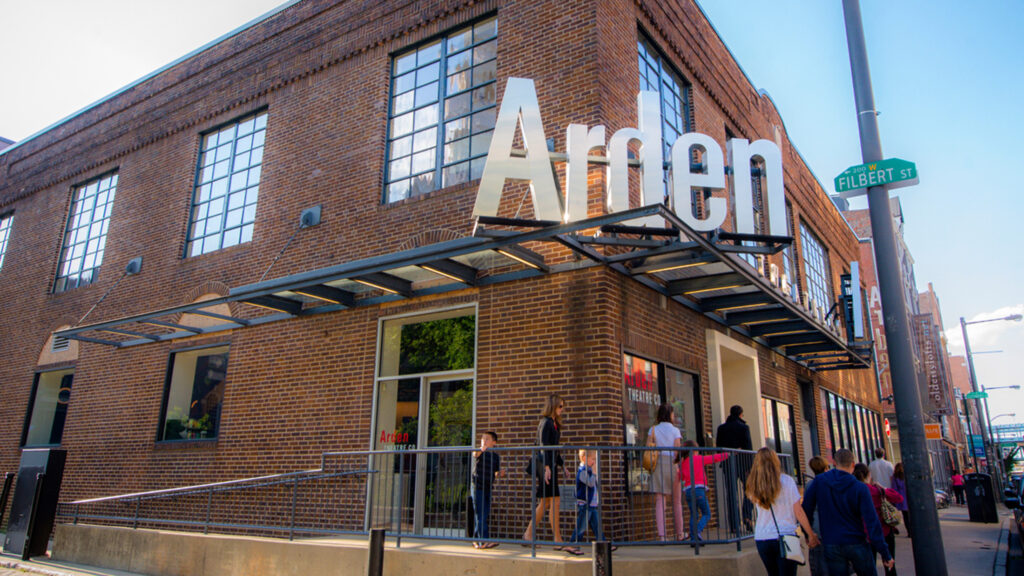
Stephen Starr is credited with igniting Old City’s nightlife by transforming a sleepy dinner into the trendy but now-closed Continental Restaurant and Martini Bar at 2nd and Market in 1995. Seemingly overnight, other trendy eateries and bars opened nearby, including Fork, Cuba Libre, Khyber Pass Pub, and Sassafras. Meanwhile, art galleries on 2nd and 3rd Streets, between Market and Arch St, made First Fridays a weekly ritual with wine and crowds flowing freely.
21st Century
The opening of the Constitution Center in 2000, along with the re-design of Independence Mall changed Philly’s historic centerpiece drastically. With the addition of the Weitzman National Museum of American Jewish History and the Museum of the American Revolution, plus upscale hotels, eateries, and bars, tourism is thriving. A former doll manufacturing company erected in 1865, Independence Park Hotel, 235 Chestnut, is designated a historic landmark.
These days, Old City is synonymous with fine dining, from Michael Solomonov’s award-winning Zahav to Stephen Starr’s Buddakan, from Nicholas Elmi’s Royal Boucherie to modern French cuisine at Forsythia.
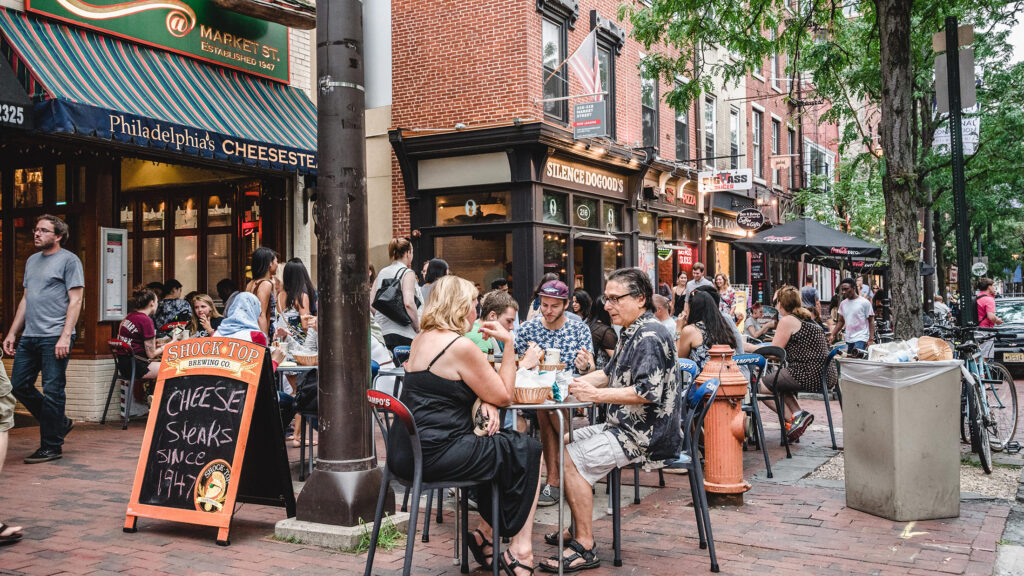
Old City Architecture
This is the only Philly neighborhood where you can literally walk through the architectural history of the City, from row homes on cobblestone streets and beautifully preserved Federal and Georgian buildings to Art Deco and Contemporary.
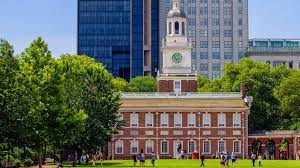
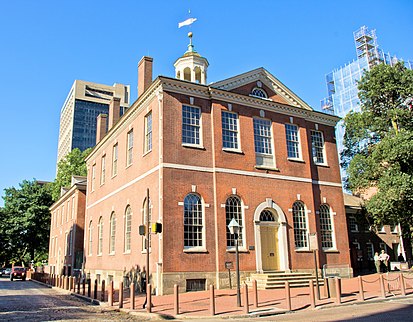
Independence Hall, 520 Chestnut, is a pure example of Georgian style, overseen by Alexander Hamilton and completed in 1748. Its steeple and tower were added in the mid-18th century. Old City Hall at 5th and Chestnut, adjacent to Independence Hall, was built in the Federal style in 1790 and served as Philly’s City Hall until 1854. The Philadelphia Bourse, 111 S. Independence Mall, was designed by W.D. Hewitt in the Beaux Arts style in 1893. Art Deco fans will love The National, a 1928 restaurant supply company at 121 N. 2nd St. that was converted into condos in 2018, thankfully, without destroying its original facade.
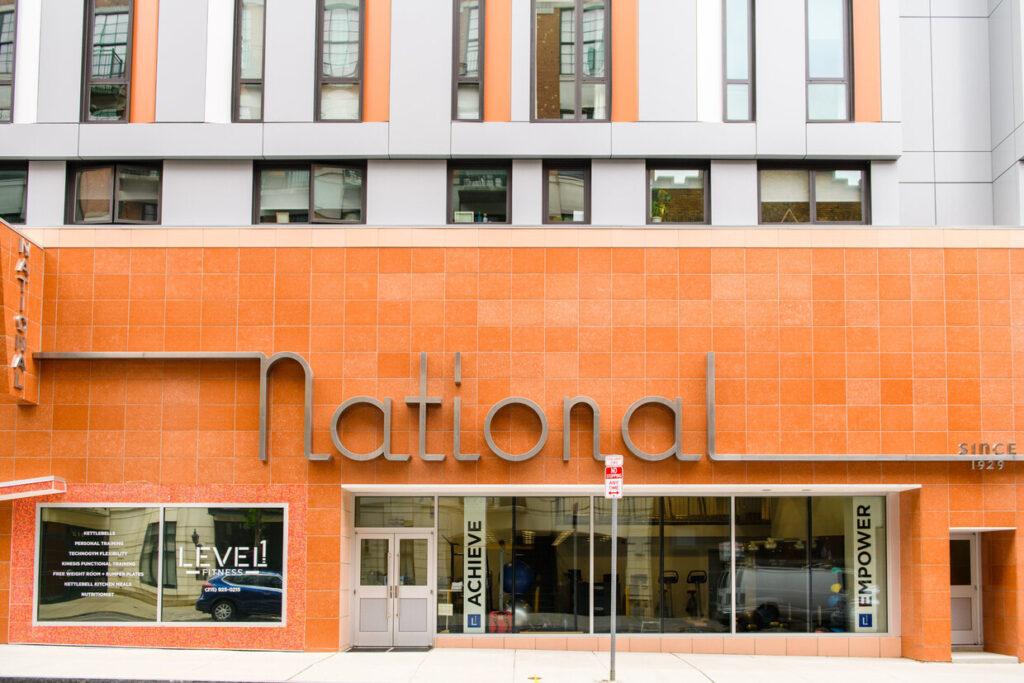
You do not have to leave Independence Mall to view a variety of contemporary architecture, including the National Constitution Center, 525 Arch St., built in 2003; Weitzman National Museum of American Jewish History, 101 S Independence Mall, erected in 1976; and the US Mint, built in the Brutalist style in 1969, 151 N. Independence Mall.
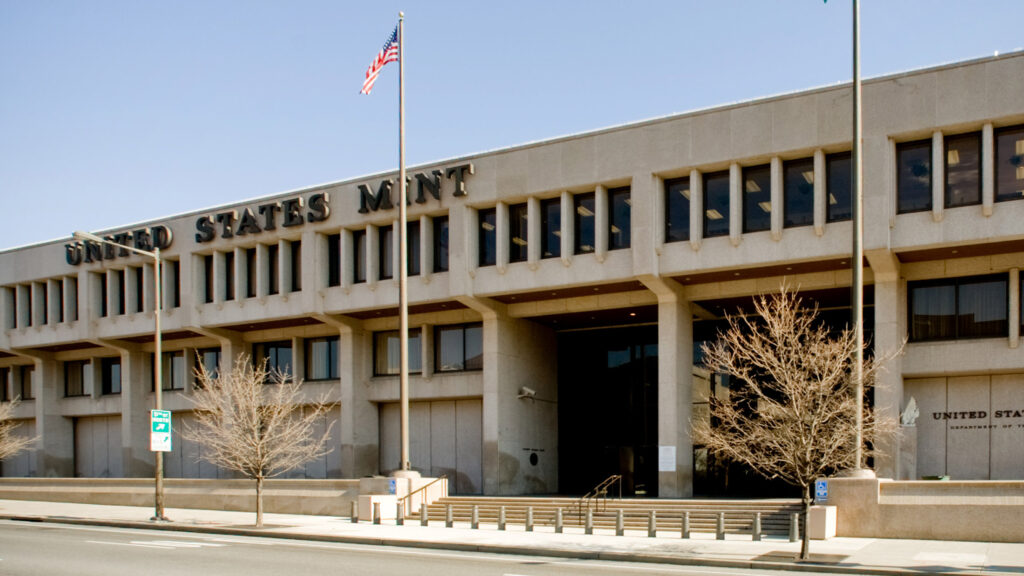
We have shared some of our top reasons for visiting Old City – history, architecture, fine dining, art galleries, and theaters – and we know you will find many other reasons to love this neighborhood. For a self-guided Old City walking tour, you can visit GPS My City.





